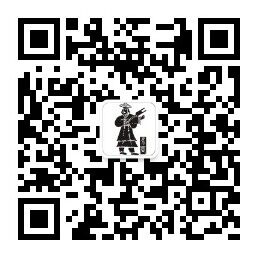Water Resource Management Cases
水资源管理案例

In the IWRM ToolBox, you will find a collection of good practices for managing water resources at all levels. The ToolBox is a free and open database with a library of case studies and references that can be used by anyone who is interested in implementing better approaches for the management of water or learning more about improving water management on a local, national, regional or global level.
The ToolBox is also an excellent tool for you to engage with a broader community of interested professionals around the world and to share your experiences. We hope that the ToolBox in this new look will increase your knowledge, improve your network of contacts, and help you in implementing ideas and solutions for water related problems.
what is ToolBox?
The GWP ToolBox comprises an organized collection of case studies, reference documents, external web sites and other supporting materials in water resources management, which have been submitted by various contributors and have been peer reviewed. The GWP Toolbox is intended to be an information exchange – experiences shared help to develop the body of knowledge which can enable all those engaged in water issues to work together to build water security and sustainable water for all. GWP has developed the ToolBox as a free access source of knowledge.
The ToolBox allows water related professionals to discuss and analyze the various elements of the IWRM process, and facilitates the prioritization of actions aimed at improving water governance and management. It aims to facilitate those professionals and specialists engage with a broader community for the solution of (water related) problems.
How ToolBox helps?
It is important to keep in mind that the IWRM is a process of change; a process which can start from small beginnings. There is no such thing as a perfect IWRM system and the search for perfection can lead to action atrophy. Policy makers should think in terms of gradual, incremental change; identify opportunities for reform as circumstances alter and use all windows of opportunity to nudge the reform process forward. A crisis may, for example, provide such a window of opportunity but it will be vital to ensure that the response to a crisis challenges rather than reinforces the status quo. For instance, after a major flood event it is easy to give in to demands for more investment in protection infrastructure, but a policy maker thinking in IWRM terms will want to ask whether there are alternatives such as improved land zoning. Clearly during the process of change sectoral developments will continue, but it is imperative to keep questioning whether such developments are compatible with IWRM and rigorously challenge those that are clearly incompatible.
How to use the Tools?
Water problems will usually need a combination of approaches – changes in policies, or new types of planning and information. The tools shown here give a wide range of the types of option available – but the list is probably not complete, and is certainly not prescriptive. The types of tools which can be used, and the way in which they can be combined will vary from place to place, from society to society.
The ToolBox organizes the tools into three types: those which create the ‘enabling environment’, the laws, investments and policies which are the framework for other tools; the building of appropriate institutions, and building capacity within these institutions; and finally management tools, all of which can be used in an IWRM way.
The main lessons in using Tools the IWRM way are:
Tools will usually be used in combination to deal with a problem or set of problems: and often, several reforms, using several tools, may be necessary. Also, for a tool to be effective and acceptable it may often be necessary to embark on several changes at the same time. For example, the tool itself may have preconditions - eg. pollution/abstraction charging or standard setting require the establishment of some form of monitoring/measurement agency; or the tool may need to be accompanied by other measures to make it effective (eg. the introduction of irrigation charges to improve efficiency in water use will work better with an advisory service to give farmers information about conservation measures and the markets for higher valued crops.)
Mixed management systems, using an array of different tools, are likely to be most effective; employing, for instance, a mixture of direct controls, market instruments, information and education, assisted community participation or incentives for self-help.
Tools should be selected to fit local contexts – and will depend on political and professional capacity, as well as capacity for implementation and enforcement.
In practice, policy makers rarely have complete freedom to choose amongst the range of notionally available tools, for a range of political or ethical constraints on choice, or perhaps because international trade agreements may restrict tool range.




